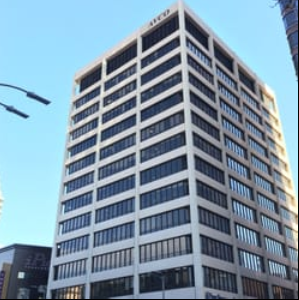Two bulk substances that can treat warts and skin discoloration have been approved for use in compounded medications in a meeting of the U.S. Food and Drug Administration’s Pharmacy Compounding Advisory Committee. Three other ingredients were kept off the list by the eight-member committee, following the FDA’s recommendation.
It also unanimously voted to classify transdermal delivery systems, such as patches, as demonstrably difficult to compound during the Nov. 3 meeting.
Bulk substances added to the acceptable list were:
• Glycolic acid, which is used in various skin care products, by an 8-0 vote.
• Trichloroacetic acid, which can be used for cosmetic treatments such as tattoo removal and as a topical medication for warts, by a 7-1 vote.
The substances that the committee voted to keep off the list were:
• Kojic acid, which is used as a color preservative in foods and cosmetics. The committee had concerns about the stability of the drug, with four voting against including it, three voting for it, and one committee member abstaining.
• Diindolylmethane, a compound derived from vegetables such as broccoli and used in cancer treatments, was rejected by an 8-1 vote.
• Vasoactive intestinal peptide, used for chronic inflammatory response syndrome, was rejected unanimously.
The votes are preliminary until the FDA releases its final guidance.
Adding the drugs to the bulk drug list means that pharmacies can use those drugs as active ingredients in compounded medications. The 503A bulks list does not include drugs that have been studied by the United States Pharmacopeia (USP) or the National Formulary (NF) nor drugs that are a component of an FDA-approved drug.
The 503A bulks list is a third avenue for drug approval. Pharmacists in state-licensed pharmacies and federal facilities, or a licensed physician, can produce the compounded drug if it complies with a USP or NF study, if it is a component of an FDA-approved drug, or if it appears on the 503A list. The FDA stresses that its guidance does not establish legally enforceable responsibilities.
The Pharmacy Compounding Advisory Committee also voted to place transdermal delivery systems on the demonstrably difficult to compound list. In this instance, the FDA does not consider a transdermal delivery system to be liquid or semisolids such as gels, creams, lotions, foams, ointments, or sprays, which are intended for use without a matrix or reservoir type transdermal or topical delivery system.
The committee considers seven factors when deciding to make additions to the demonstrably difficult to compound list:
1. the drug delivery system,
2. drug formulation and consistency,
3. bioavailability,
4. complexity of compounding,
5. facilities and equipment,
6. training, and
7. testing and quality assurance.
Under the FDA’s definition, only transdermal drug delivery systems, such as patches that deliver an effective amount of drug across a patient’s skin, will be added to the demonstrably difficult to compound list under sections 503A and 503B of the Food, Drug, and Cosmetic Act. This means that pharmacies can continue to produce gels and other topical medications as long as the delivery system does not involve adhesive patches like those used in matrix or reservoir designs.
The FDA must release its final guidance for it to be official.
To ensure compliance with FDA guidance and regulations, compounding pharmacies should have written protocols in place. The Hasson Law Group recommends that pharmacies conduct periodic audits to measure compliance with those protocols.
If you have questions about compliance with federal and state laws and regulations that govern the practice of compounding pharmacies, contact Hasson Law Group.

